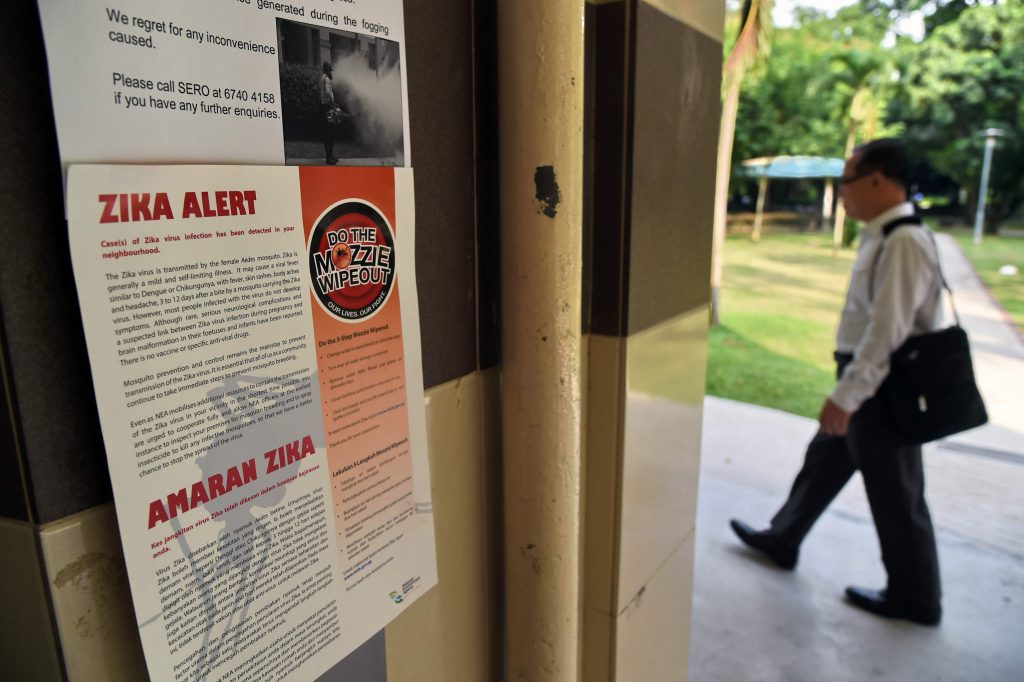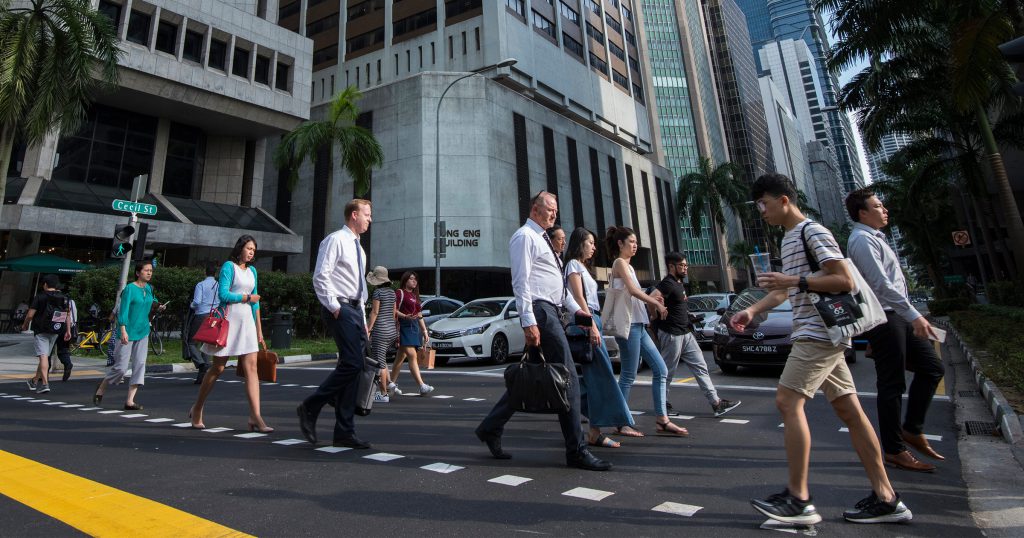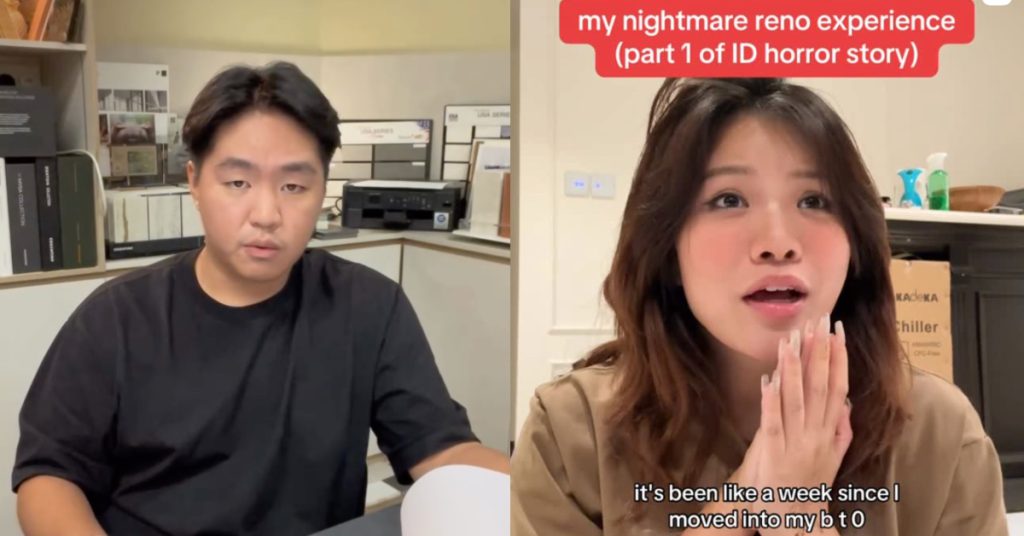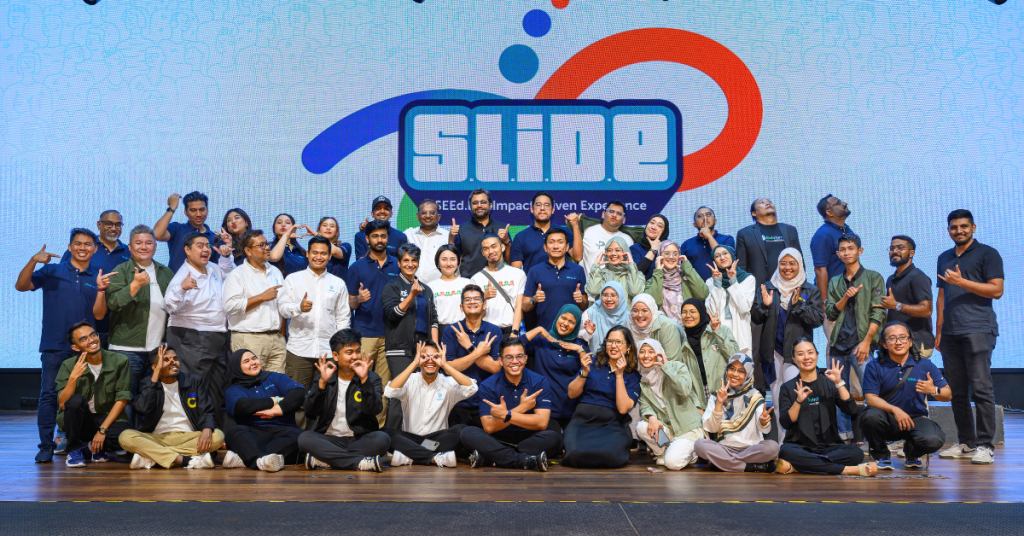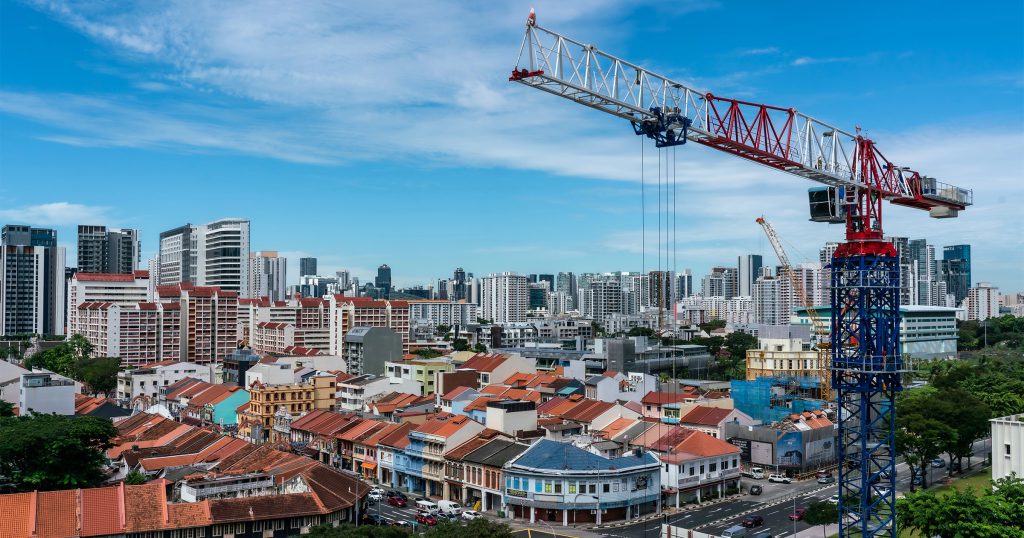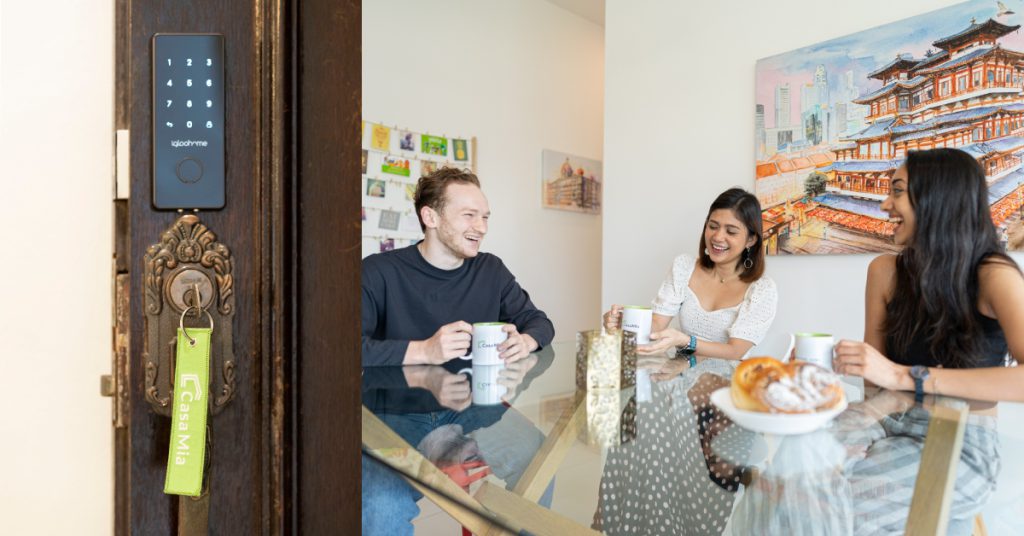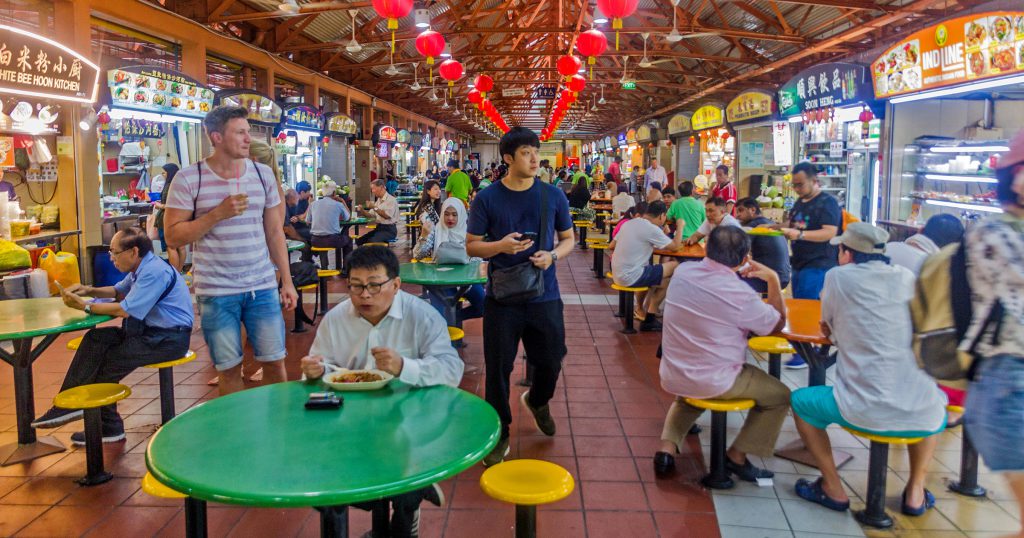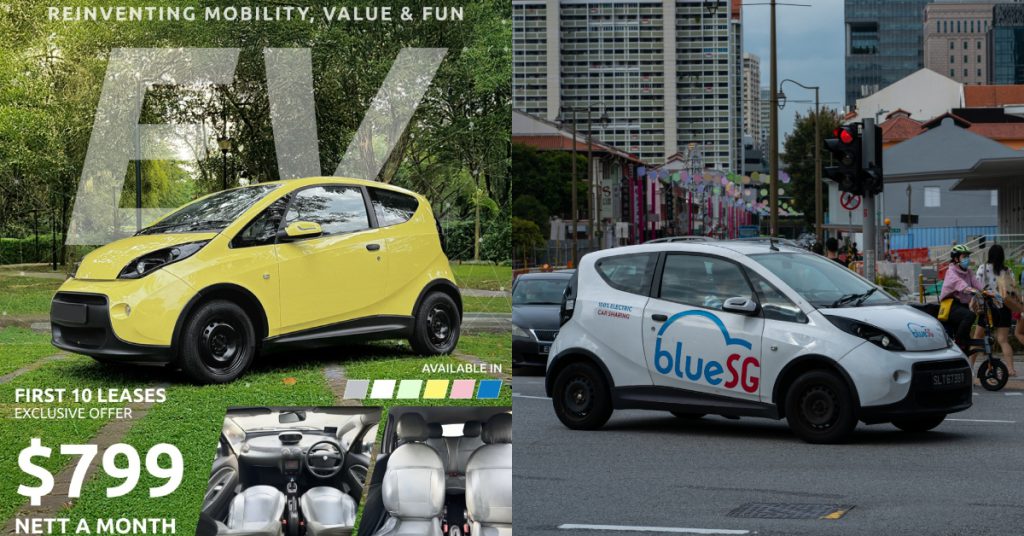On 27 August, Singaporeans were reacquainted with the threat of Zika with the first reported case of a locally-transmitted infection.
Fast forward to today, and there are now a total of 115 cases confirmed in Singapore, including the first pregnant woman to be diagnosed here.
A new potential cluster at Bedok North Avenue 3 has also been identified, adding on to the list, which includes Sim Drive, Aljunied Crescent, Kallang Way and Paya Lebar Way. Among the reported cases, two patients are living at Joo Seng Road and Punggol Way respectively.
Among the many health advisories that have been issued by the Ministry of Health and our local mainstream media, a Facebook post by Dr. Chi Wei Ming, one of three doctors at Sims Drive Medical Clinic whose vigilance led to the discovery of the first locally-transmitted Zika cases, has gone viral.
Sensing that there was “something amiss” about the spike in complaints of fever, rashes and joint pain – the main symptoms to look out for – they were the first to raise the alarm about the possibility of Zika arriving on our shores.
In the post, he emphasises that the fight against Zika is a “team effort”, and also urged Pokemon GO players to avoid the identified clusters, because getting that Snorlax or Dragonite is really not worth the potential infection.
His post has so far garnered over 1,800 shares.
Here’s the post in full:
Our battle against Zika: It’s a team effort involving everyone!
The Zika outbreak at the Sims Drive/Aljunied Crescent area the past week must have been unsettling for many. What seems like a remote possibility has now become a dreaded reality. But let us face up to the challenge squarely – Zika is here and has spread within the community. It was a team effort between my colleagues, MOH & CDC that enabled us to arrive at an accurate diagnosis. While we are glad to unravel the mystery that had baffled us for the past 2 weeks, it also means that the real battle has just begun.
In the next few weeks, the daily new Zika cases is critical not just in terms of the absolute numbers, but also in its demographic profile. It’ll tell us whether Zika is still contained to one localized area or whether it is spreading to neighbouring districts or other parts of Singapore. While we look with bated breath at the daily MOH figures, we should also resolve to double-up our efforts on 2 fronts – managing positive cases to prevent transmission and intensifying vector control.
Yesterday, while my colleagues and I were still combing through our clinic patients’ records to identify possible Zika cases we’d missed earlier, there were many NEA officers working in pairs under the hot sun, inspecting every nook and corner to eradicate mosquito breeding. Their jobs were no less significant than ours. Similarly, we can all contribute and play a crucial role by keeping our environment clean to prevent mosquito breeding and practise social responsibility to halt community transmission.
Therefore, it is neither helpful nor productive to engage in finger-pointing or apportioning blame during this critical juncture. Through our interactions with the relevant authorities, we know that allegations of cover up are baseless and unmerited. All the relevant agencies have mobilised their personnel and resources to the best of their ability and provided information timely. It is also not possible to identify Patient Zero or trace the actual chain of transmission as the majority of infected persons (80%) have symptoms that are mild or may not exhibit any at all.
Here are a few suggestions.
1) Unless you live or work in Sims Drive, Aljunied Crescent, Kallang Way and Paya Lebar Way, avoid these areas. Please do not go to these areas to hunt for Pokemons! We need to do everything we can to contain the outbreak so that there will be no new clusters in other parts of Singapore.
2) Unless you are sick with symptoms of fever, joint pain, rash or sore eyes and living within the affected area, you should not go to the Communicable Disease Centre for Zika screening. Your trusted GPs are good and competent gatekeepers who can assess whether screening is necessary. This is to ensure that our colleagues at CDC are not overwhelmed with patients and relevant cases can be attended to quickly.
3) If you exhibit symptoms, please be bold and see a doctor for assessment. If infected, you are doing everyone a great service through prompt case recognition and management so that you will not further infect your loved ones and friends. Breaking the chain of transmission is the key to eradicating this outbreak. For most patients, Zika is self-limiting and rarely fatal.
Lets all do our part so that hopefully, Zika does not take root here and become endemic like dengue and thus difficult to eradicate. It’s a team effort and we can all play a part.
Yes, This Is Also Part Of Total Defence
Among the many shares, one of them stood out:
Facebook page ConnexionSG reminded us that the team effort that is needed to detect, and the bravery to step forward to have ourselves checked is “doing the Total Defence thing”.
I’m sure we all remember the days in school when we had to ‘celebrate’ Total Defence Day, usually with simulated drills and school-wide activities which remind us that defence doesn’t just mean having physical weapons.

If you’re a hedonist like myself, you’re probably also remembering it as a day to escape from the usual humdrum.
However, with the rise of threats we face both externally and internally, we’re reminded about how defence doesn’t just mean relying on the folks in green and blue (and now white) to keep us safe, but making sure we play the part too.
It might sound corny, but in the face of threats that are increasingly hard to detect, being complacent is the last thing we should do.
Featured Image Credit: japantimes.co.jp


